Related Research Articles

Toyotomi Hideyoshi, otherwise known as Kinoshita Tōkichirō and Hashiba Hideyoshi, was a Japanese samurai and daimyō of the late Sengoku and Azuchi-Momoyama periods and regarded as the second "Great Unifier" of Japan. Although he came from a peasant background, his immense power earned him the rank and title of Kampaku and Daijō-daijin, the highest official position and title in the nobility class. He was the first person in history to become a Kampaku who was not born a noble. He then passed the position and title of Kampaku to his nephew, Toyotomi Hidetsugu. He remained in power as Taikō (太閤), the title of retired Kampaku, until his death. It is believed, but not certain, that the reason he refused or could not obtain the title of shogun (征夷大将軍), the leader of the warrior class, was because he was of peasant origin.

The Asian Games, also known as Asiad, is a continental multi-sport event held every fourth year among athletes from all over Asia. The Games were regulated by the Asian Games Federation (AGF) from the first Games in New Delhi, India in 1951, until the 1978 Games. Since the 1982 Games, they have been organized by the Olympic Council of Asia (OCA), after the breakup of the Asian Games Federation. The Games are recognized by the International Olympic Committee (IOC) and are described as the second largest multi-sport event after the Olympic Games.
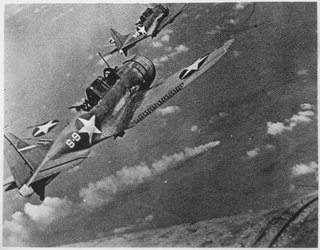
The Battle of Midway was a major naval battle in the Pacific Theater of World War II that took place 4–7 June 1942, six months after the Empire of Japan's attack on Pearl Harbor and one month after the Battle of the Coral Sea. The U.S. Navy under Admirals Chester W. Nimitz, Frank J. Fletcher, and Raymond A. Spruance defeated an attacking fleet of the Imperial Japanese Navy under Admirals Isoroku Yamamoto, Chūichi Nagumo, and Nobutake Kondō north of Midway Atoll, inflicting devastating damage on the Japanese fleet. Military historian John Keegan called it "the most stunning and decisive blow in the history of naval warfare", while naval historian Craig Symonds called it "one of the most consequential naval engagements in world history, ranking alongside Salamis, Trafalgar, and Tsushima Strait, as both tactically decisive and strategically influential."

Pac-Man, originally called Puck Man in Japan, is a 1980 maze video game developed and released by Namco for arcades. In North America, the game was released by Midway Manufacturing as part of its licensing agreement with Namco America. The player controls Pac-Man, who must eat all the dots inside an enclosed maze while avoiding four colored ghosts. Eating large flashing dots called "Power Pellets" causes the ghosts to temporarily turn blue, allowing Pac-Man to eat them for bonus points.

The Ashikaga shogunate, also known as the Muromachi shogunate, was the feudal military government of Japan during the Muromachi period from 1336 to 1573.

Japan were an English new wave band formed in 1974 in Catford, South London by David Sylvian, Steve Jansen (drums) and Mick Karn, joined the following year by Richard Barbieri (keyboards) and Rob Dean. Initially a glam rock-inspired band, Japan developed their sound and androgynous look to incorporate electronic music and foreign influences.
The following is an overview of events in 1982 in film, including the highest-grossing films, award ceremonies and festivals, a list of films released and notable deaths.

The Toyota Supra is a sports car and grand tourer manufactured by the Toyota Motor Corporation beginning in 1978. The name "supra" is derived from the Latin prefix, meaning "above", "to surpass" or "go beyond".

Arthur Antunes Coimbra, better known as Zico, is a Brazilian football coach and former player who played as an attacking midfielder. Often called the "White Pelé", he was a creative playmaker, with excellent technical skills, vision and an eye for goal, who is considered one of the most clinical finishers and best passers ever, as well as one of the greatest players of all time. Arguably the world's best player of the late 1970s and early 80s, he is regarded as one of the best playmakers and free kick specialists in history, able to bend the ball in all directions. By one estimate, Zico is the player that scored the most goals from direct free kicks, with 101 goals.
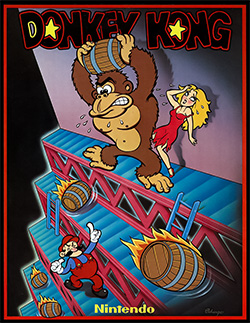
Donkey Kong is a 1981 arcade video game developed and published by Nintendo. As Mario, the player runs and jumps on platforms and climbs ladders to ascend a construction site and rescue Pauline from a giant gorilla, Donkey Kong. It is the first game in the Donkey Kong series and Mario's first appearance in a video game.
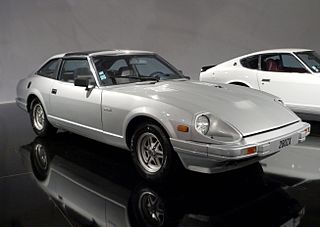
The Nissan S130 is a sports coupé produced by Nissan in Japan from 1978 until 1983. It was sold as the Datsun 280ZX, Nissan Fairlady Z and Nissan Fairlady 280Z, depending on the market. In Japan, it was exclusive to Nissan Bluebird Store locations. It was the second generation Z-car, replacing the Nissan Fairlady Z (S30) in late 1978. The 280ZX was the first time the "by Nissan" subscript was badged alongside the Datsun logo, along with Nissan trucks. The 280ZX was Motor Trend's import car of the year for 1979. The 280ZX was replaced by the Nissan 300ZX in 1984.
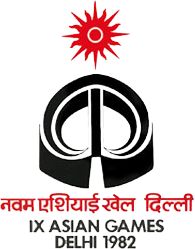
The 9th Asian Games were held from 19 November to 4 December 1982, in Delhi, India. 74 Asian and Asian Games records were broken at the event. This was also the first Asiad to be held under the aegis of the Olympic Council of Asia. Delhi joined Bangkok as the cities to host multiple editions of the Asian Games up to this point. Later, Jakarta and Doha would enter this group.
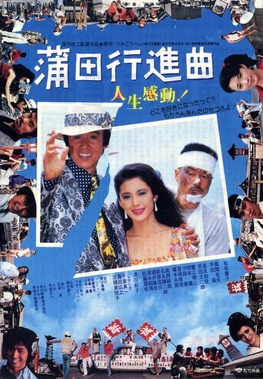
Fall Guy is a 1982 Japanese film directed by Kinji Fukasaku, with art direction by Akira Takahashi. It was chosen as the Best Film at the Japan Academy Prize ceremony.
The Japan Open is an annual badminton tournament held in Japan. It became part of the BWF Super Series tournaments in 2007. BWF categorised Japan Open as one of the five BWF World Tour Super 750 events in the BWF events structure since 2018.
Japanese cyberpunk refers to cyberpunk fiction produced in Japan. There are two distinct subgenres of Japanese cyberpunk: live-action Japanese cyberpunk films, and cyberpunk manga and anime works.
Statistics of Japanese Regional Leagues for the 1982 season.
Events in the year 1982 in Japan.
1982 in television may refer to:

The Shinkai 2000 (しんかい) was a crewed research submersible that could dive up to a depth of 2,000 meters. It was completed in 1981 and until 1991 it had the greatest depth range of any crewed research vehicle in Japan. The Shinkai 2000 was owned and run by the Japan Agency for Marine-Earth Science and Technology (JAMSTEC) and it was launched from the support vessel Natsushima.
References
- ↑ あさりちゃん 愛のメルヘン少女 (1982). allcinema (in Japanese). Stingray. Retrieved 4 July 2014.